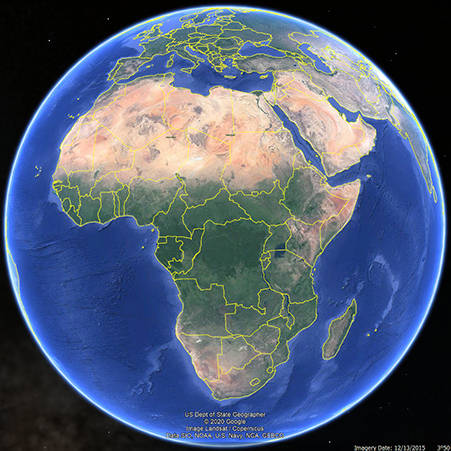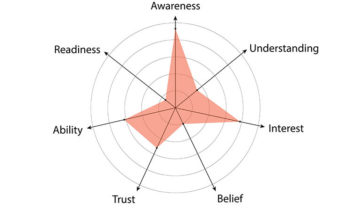The True Size of Africa
Twenty years ago, How Clients Buy co-author Tom McMakin published his first book: Bread and Butter. In it, he shares the story of how he trekked some 1,800 miles across the breadth of Africa. En route, Tom caught malaria. Fortunately for Tom, his recovery was aided immensely by the generosity and good humor of a man named François. Maybe it’s not surprising, then, that Tom perceives Africa and its potential a little differently than many of us in the West.
Over the past two decades, low-cost manufacturing has transformed China and a group of other developing countries including Thailand and Vietnam.
Manufacturing now makes up around 40% of China’s GDP, 26% of Thailand’s and 16% of Vietnam’s, playing a vital role in reducing poverty, expanding the middle class and fueling consumption.
Now, it’s Africa’s turn.
Part of our problem stems from the fact most of us don’t really understand the size and diversity of Africa. From the familiar Mercator projection in our school books, we know Africa is big:

Source: Wikipedia
But, here’s the true size of Africa:

Source: Google Earth
Africa is enormous! More than one-fifth of the planet’s surface is Africa. The United States, China, and India could fit inside the continent with ease:

Source: thetruesize.com
Nevertheless. there is a tendency on our part to think of Africa as monolithic.
Just as manufacturing shifted from Japan, to South Korea, and then China over decades, industry will continue to gravitate to where wages are cheapest, combined with factors like stability, education levels and ease of doing business. China lost 3.8 million jobs in its urban areas in 2018, a trend that is set to continue as manufacturers are deterred by the country’s rising labor and raw material costs.
The economy of the United States depends on reliable access to affordable manufactured goods. Tom calls on us to shake off our misconceptions and see the true size and potential of Africa, its 54 countries, and 1.2 billion people.




